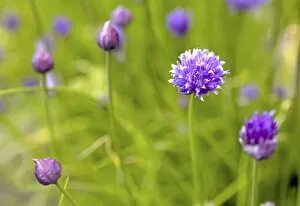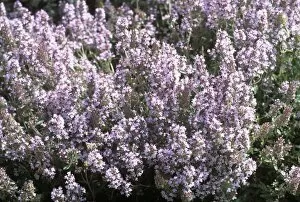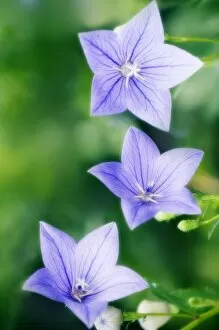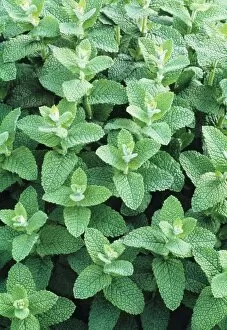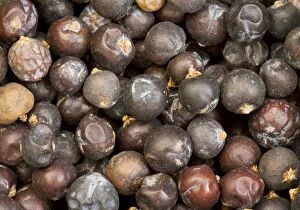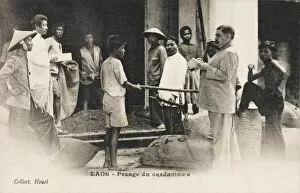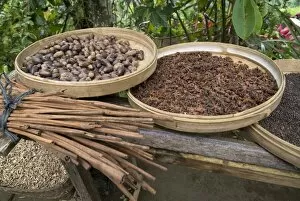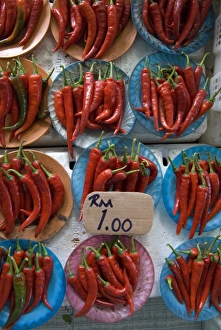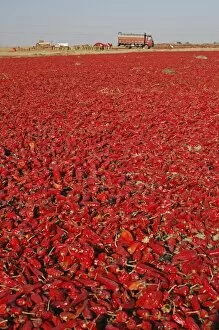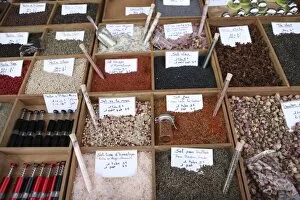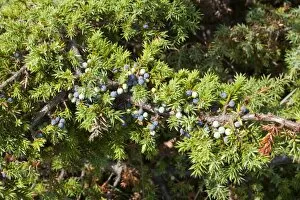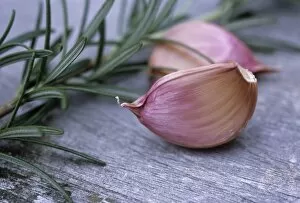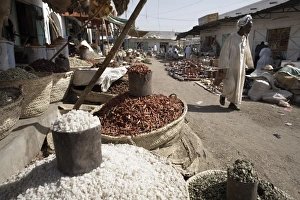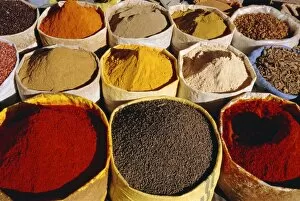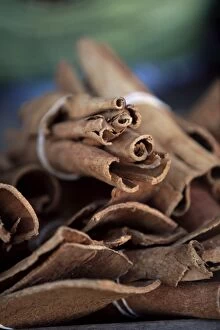Flavouring Collection (page 8)
Flavouring is an art that brings life to our taste buds, transforming ordinary dishes into extraordinary culinary experiences
All Professionally Made to Order for Quick Shipping
Flavouring is an art that brings life to our taste buds, transforming ordinary dishes into extraordinary culinary experiences. From the humble salt grains and ground peppercorn to the vibrant red chilli peppers and fragrant coriander, these ingredients hold the power to elevate any recipe. In Norwich, Norfolk, a group of girls can be seen diligently filling penny tins with mustard, showcasing the dedication behind creating flavorful condiments. An advertisement for Colmans Mustard catches our attention, promising a burst of flavor in every bite. As we explore further into the world of spices, we come across grated spices that release their aromatic essence when added to dishes. An assortment of spices tantalizes our senses with its vibrant colors and diverse flavors. In Dunhuang, Gansu, China's bustling markets offer a mesmerizing display of spices for sale – a testament to their significance in Asian cuisine. The SEM (Scanning Electron Microscope) takes us on an up-close journey through textures and structures unseen by the naked eye. Salt grains and peppercorns reveal intricate patterns under this powerful lens while green chilli peppers showcase their fiery nature. Amongst all these familiar flavors lies pandan or Pandanus amaryllifolius – an exotic ingredient known for its unique aroma reminiscent of freshly cut grass. Its distinct fragrance adds depth to desserts and drinks alike. Flavouring is not just about enhancing taste; it's about invoking memories and emotions tied to food. It connects us with cultures around the world as we savor different cuisines infused with local herbs and spices. So next time you sprinkle salt on your dish or add a pinch of spice from afar lands, remember that flavouring is more than just seasoning – it's an invitation to embark on a sensory adventure where each bite tells a story worth savoring.


